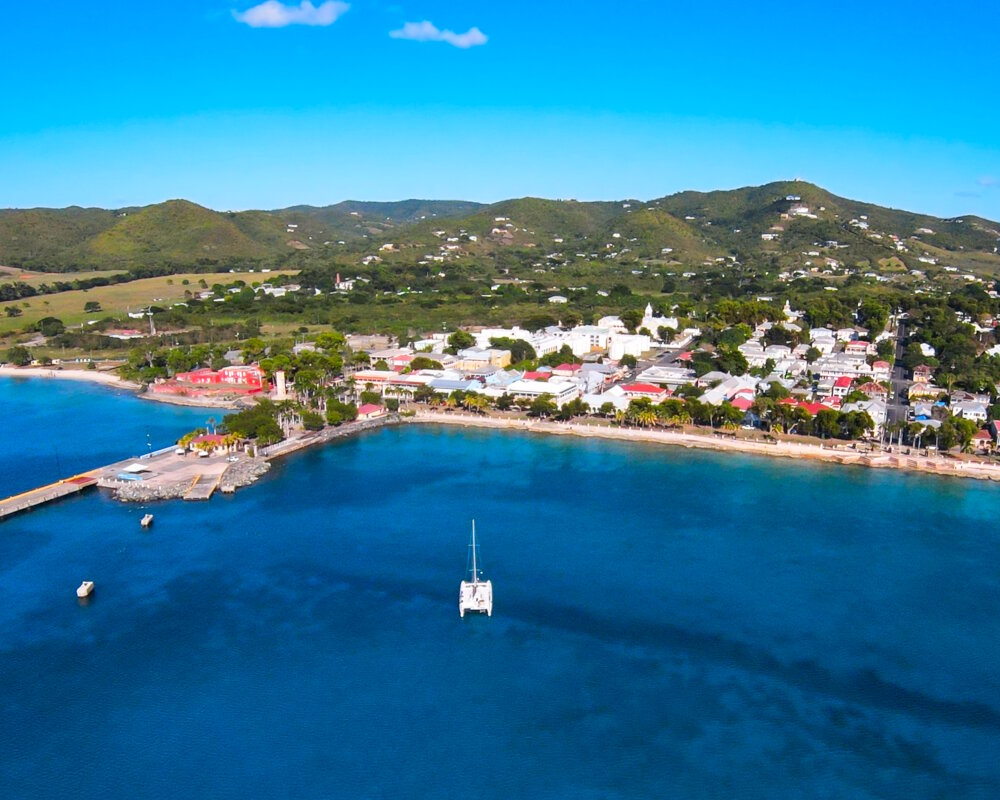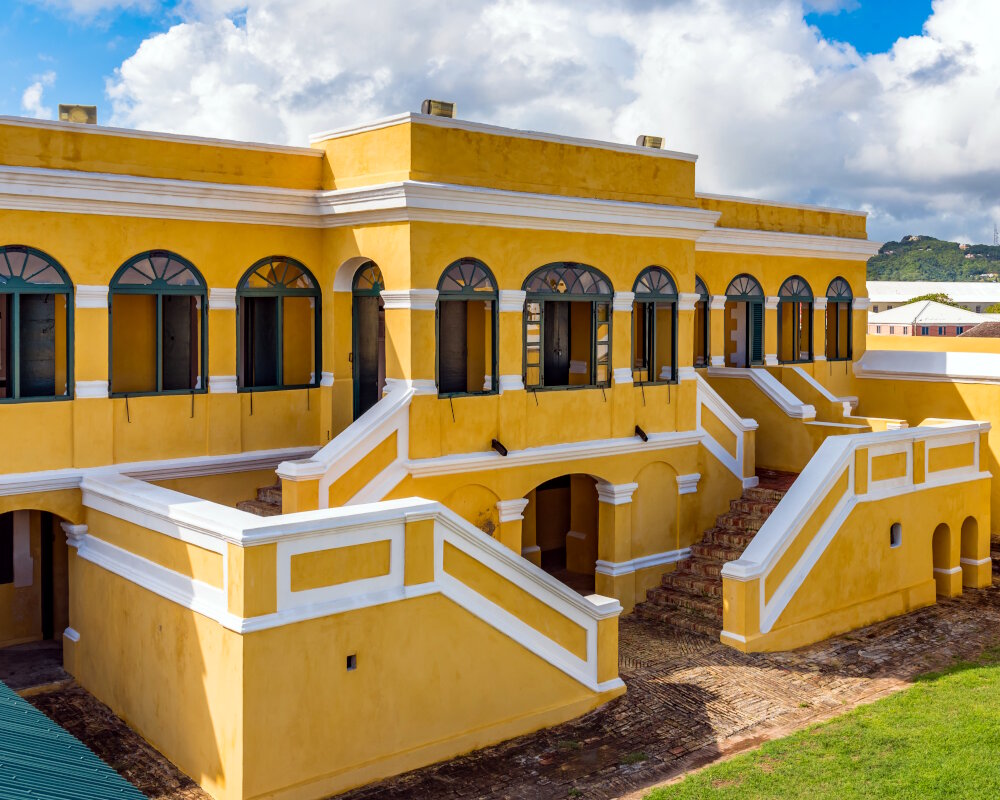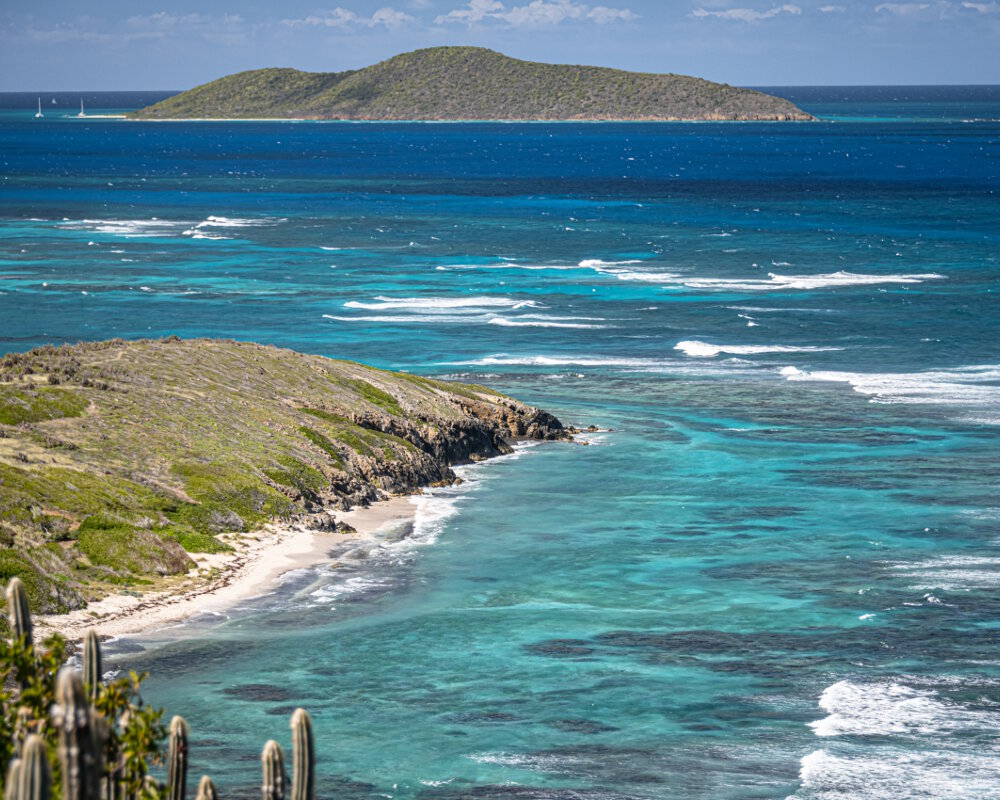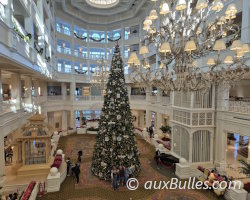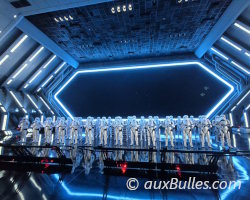Islands destinationSaint Croix islandThe U.S. Virgin islands | Caribbean sea
Last updated on 09/23/2025 at 07:31 PM
Located south of the
U.S. Virgin islands, St. Croix island is the largest of the three main islands in the archipelago and is the easternmost U.S. territory.
St. Croix island is a paradise destination that captivates with its enchanting landscapes, fascinating history and rich culture. It offers a captivating blend of natural beauty and historical charm.
Whether you're seeking relaxation on idyllic beaches or adventure in lush nature, this island promises an unforgettable experience.
Idyllic beaches
The beaches of St. Croix island are renowned for their exceptional beauty. From Sandy Point Beach, with its pristine white sand and crystal-clear waters, to Cane Bay Beach, offering a more peaceful and picturesque setting, each beach provides an idyllic spot for relaxation.
With 30 beaches on St. Croix island, you can discover a hidden beach away from the tourist crowds.
A natural setting
Located at the extreme southwest tip of the island, the « Sandy Point National Wildlife Refuge », with its vast stretches of sand and preserved landscapes, is particularly appreciated for its peaceful environment and sea turtle nests during the breeding season.
Beyond the beaches, the island is full of natural wonders. The interior landscapes of St. Croix island are dotted with lush rainforests and hiking trails.
A fascinating history
St. Croix is a must-visit island for history enthusiasts, as it has flown the flags of Spain, the Netherlands, England, France, the Knights of Malta and finally Denmark !
On the island's northern coast, the former capital of the Danish West Indies, Christiansted, features 18th-century butter-yellow buildings with red roofs and quaint cobblestone streets, offering a fascinating immersion into the island's past.
Christiansted Fort is an imposing 18th-century fort built by the Danes to protect the town from pirate attacks. This well-preserved historical site offers a fascinating glimpse into colonial architecture and the military history of the Danish West Indies.
A visit to the towns of Christiansted and Frederiksted, its sister town to the west, is also an opportunity to soak up the island's culture. Between the two towns, the ruins of hundreds of sugar plantations and farms dot the landscape, one of which now houses a botanical garden and restored buildings.
At the easternmost tip of St. Croix is « Point Udall », with its sundial-shaped monument marking the easternmost point of the United States.
Where to dive ?
St. Croix is also home to some of the world's most renowned scuba diving sites.
St. Croix is home to the « Buck Island Reef National Monument », one of only three underwater national monuments in the United States. For snorkeling and scuba diving enthusiasts, an underwater trail allows you to explore an ecosystem that includes a protected coral reef with native wildlife, including the
hawksbill turtle and the brown pelican.
The dive centers are mainly located on the island's north coast. On the west coast, you can dive from Frederiksted and explore the impressive and famous St. Croix Wall, the wrecks of Butler Bay, the Frederiksted Pier and the many surrounding coral reefs!
Off the island's southwest tip is a protected marine area, the « Mutton Snapper Spawning Aggregation Area », where
mutton snapper (
Lutjanus analis) gather, usually seasonally, to spawn.
How to get there ?
St. Croix is accessible by air via direct or connecting flights through the Henry E. Rohlsen International Airport, located about 6 miles southwest of Christiansted, the island's main town. Major U.S. airlines offer direct flights from major U.S. cities such as Miami, Charlotte and New York.
If you can't find a direct flight from your departure location, you can connect via Cyril E. King International Airport on St. Thomas, another island in the
U.S. Virgin islands. From there, regional flights or ferries can take you to St. Croix.
Finally, airlines like Cape Air or Seaborne Airlines offer inter-island flights between St. Thomas, Puerto Rico and St. Croix.
Inter-island ferries operate between the different
U.S. Virgin islands with regular schedules or private charter services are also available for those who prefer a more personalized trip.
St. Croix is also a popular stop in the Caribbean for cruise lines like Royal Caribbean, Carnival and Celebrity Cruises. Cruise ships typically dock in Frederiksted where facilities for cruise passengers are available.
The marine species at Saint Croix island
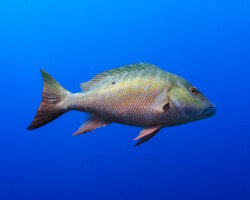
Mutton snapper
(Lutjanus analis)
U.S. Virgin islands
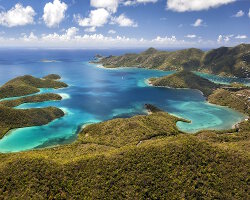
Saint John island
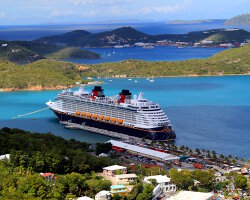
Saint Thomas island
The islands from caribbean sea
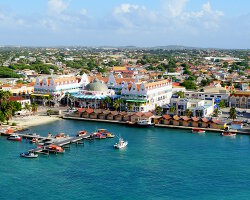
Aruba island
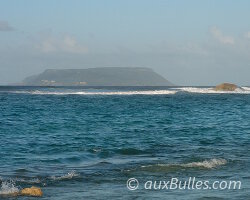
Désirade island
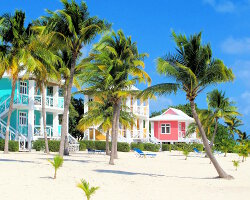
Little Cayman island
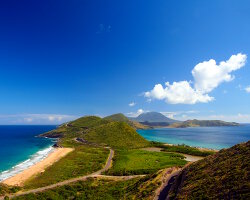
Saint Kitts island
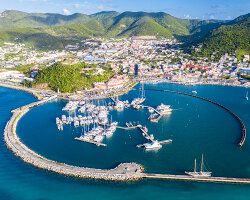
Saint Martin island
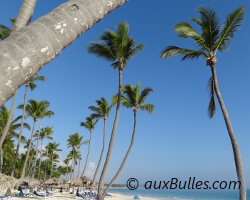
Saona island

U.S. Virgin islands
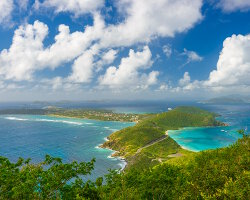
Virgin Gorda island
Explore new islands !
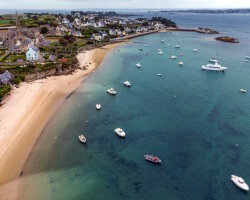
Batz island
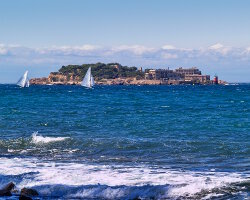
Bendor island
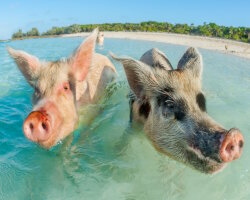
Exumas islands
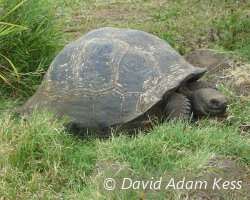
Galapagos islands
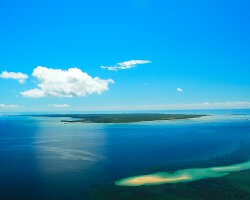
Ibo island
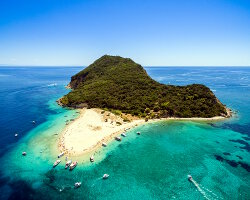
Marathonisi Island
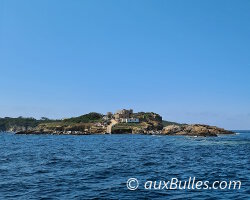
Petit Ribaud island
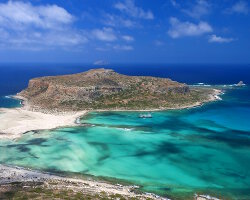
Tigani island

